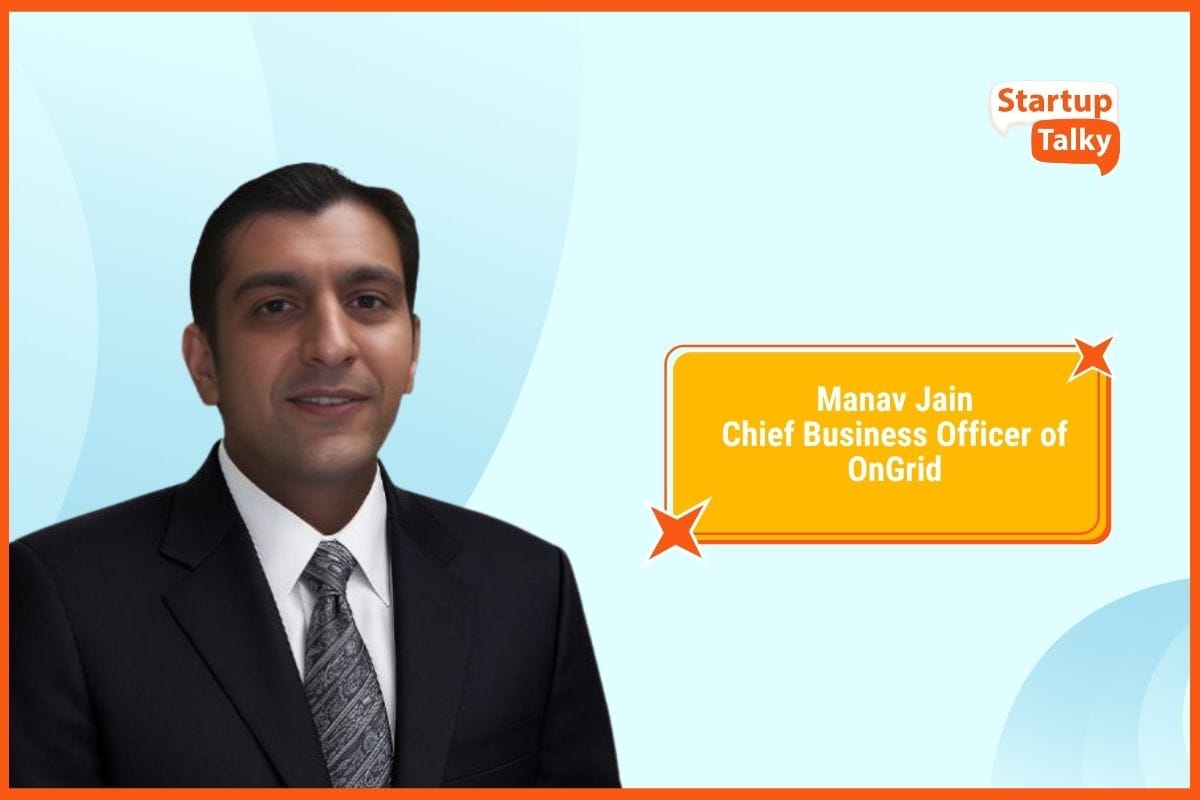An Overview of the Telemedicine Industry in India 2022
🔍Insights
Do you know which industry saw a major boost during the COVID-19 Pandemic?
During the outbreak where most of the industries were drastically falling, there was one industry that skyrocketed and acted as a catalyst for innovation.
I am talking about the telemedicine industry.
When the COVID-19 cases were increasing rapidly telemedicine was the only hope for the government and doctors to provide healthcare to the patients.
According to Statista, in 2019 the telemedicine market size in India was around 829 million U.S. dollars.
This figure is expected to reach 5.4 billion U.S. dollars by 2025.
This huge figure shows us that the telemedicine industry will be growing at a rapid speed.
But, where does India stand in the telemedicine industry?
Let's find out.
What is Telemedicine?
Telemedicine Industry in India During Pandemic
Government’s Efforts to Strengthen Telemedicine Industry
Teleconsultation Market on a Boom
Top 3 Key Players in Telemedicine Industry in India
Future of Telemedicine in India
What is Telemedicine?
When doctors use telecommunication technology like phone calls, email, SMS/chat, and video calling to diagnose and treat patients remotely it is known as telemedicine.
Booking a video call consultation with a doctor using Practo or Pharmeasy or transfer of medical images between different hospitals for diagnosis are all examples of telemedicine.

Telemedicine Industry in India During Pandemic
Telemedicine is not a new concept in India. It was introduced by the Indian Space Research Organization (ISRO) in 2001.
The Health Ministry also deployed a National Telemedicine Task Force in 2005 under the Ministry of Health and Family Welfare (MoHFW).
But still many health centers and even Indians never took telemedicine seriously.
Patients felt that they won't get a proper diagnosis and treatment if they consulted a doctor via video calling and preferred meeting the doctor in person.
Although when coronavirus happened in India everything completely changed.
Within just 4 months of coronavirus hitting India, in June 2020, the country had already crossed the 5 lakh corona cases mark with a death toll of 15,619.
Since India is the 2nd most populated country in the world coronavirus cases were increasing rapidly.
There was a lack of health care, beds, and oxygen all over the country.
Situations in rural areas were even worse. In rural areas hospitals needed 3-5 times more nurses and 5 times more paramedics.
During such severe times, telemedicine helped doctors in diagnosing patients virtually with just a smartphone or laptop.
When the concept of social distancing started emerging people understood that telemedicine would guarantee them maximum safety against the virus.
The behavioral pattern of people toward telemedicine completely changed.
In India people usually visited doctors when they were sick. But, due to the outbreak people started emphasizing health checkups.
People started accepting teleconsultation, teleradiology, telepathology, and e-pharmacy.
A report by Practo suggested that the online consultation had increased by 500 percent between March 1 to May 31, 2020.
Over 2 crore Indians accessed healthcare online during those 3 months as per the report.
This shows how much terror the coronavirus created in the minds of Indians within a month.
Practo witnessed 80% of first-time telemedicine users on its app and a 67% drop in in-person visits. Indians consulted doctors virtually 2 times per month.


Government’s Efforts to Strengthen Telemedicine Industry
To be very frank, the Indian government never made any efforts to strengthen the means of telemedicine around the country.
But, due to the coronavirus, the government started deploying telemedicine services across various health centers.
You will be shocked to know that the Indian government never released any guidelines on how telemedicine would work around the country.
But, due to the drastic negative impact of coronavirus around the country, the government on 25th March 2020 issued ‘Telemedicine Practice Guidelines’ that provided a framework for the practice of telemedicine.
These guidelines provided all the norms and protocols for the telemedicine practice like doctor-patient relationship, treatment, informed consent, continuity of care, privacy and security of patient’s details and medical records, and much more.
The guidelines also mentioned which technology and tools will be used to treat patients.
The government also developed a telemedicine app, eSanjeevani to give free OPD services to Indians. In March 2022, eSanjeevani completed 3 crore teleconsultations.

Teleconsultation Market on a Boom
The teleconsultation market in March 2020 was $26 million which grew to $163 million in March 2021.
It is expected for the market to grow by 72% which is about $836 million by March 2024.
According to the ‘Outpatient Healthcare Market in India’ study by Praxis Global Alliance, the total number of consultations in India in FY2021 crossed 4 billion. Furthermore, $26 billion were spent on outpatient prescriptions.
The report also found out that the outpatient doctor consultation spend is valued at $10.4 billion.
General physicians are in high demand, accounting for 60 percent of the consultations.
Top 3 Key Players in Telemedicine Industry in India
There are many new startups emerging in the field of telehealth and telemedicine.
Some of them have revolutionized the industry and many more are on the way to create a new norm for people.
Let’s see some of the best Indian telemedicine companies.
PharmEasy

PharmEasy is a healthcare super app headquartered in Mumbai that provides consumers with a wide range of medicines, comprehensive diagnostic test services, and teleconsultations.
Siddharth Shah founded this company in 2014.
The company has 25 million registered users on its app.
PharmEasy earned a revenue of $315.99 million in FY2021. The company has got total funding of $1.6B.
In May 2021, the company acquired Medlife, another healthcare app that provides its users with pharmacy, diagnostics, and e-consultation.
By acquiring Medlife, PharmEasy has become the largest healthcare delivery platform in India.
TATA 1mg

1mg was established in 2015 by the joint efforts of Prashant Tandon, Gaurav Agrawal, and Vikas Chauhan.
The 1mg company provides healthcare services like e-pharmacy, diagnostics, e-consultation, and lab tests.
The company is headquartered in Gurgaon, India.
In June 2021, TATA Digital, a subsidiary of TATA Group acquired a 55% stake in the company.
1mg has raised total funding of $204.6M. In FY2021, the company recorded a revenue of Rs 357.9 crore.
Practo

Practo provides medicine delivery, online consultation, and diagnostic tests via Practo labs.
It also has a comprehensive medical directory that has verified information about 1,00,000+ doctors.
Shashank ND and Abhinav Lal founded this company in 2008. The head office of this company is in Bengaluru.
Recently, the company has also started 50+ Practo Care Surgery clinics in six key cities (Bengaluru, Mumbai, Pune, Delhi-NCR, Hyderabad, and Ahmedabad).
The clinics have experienced surgeons that provide General Surgery, Proctology, Gastrology, and Urology treatments to the patients using advanced medical procedures.
Practo has total funding of $228.2M.
Future of Telemedicine in India
In September 2021, Prime Minister Narendra Modi launched ‘Ayushman Bharat Digital Mission’ to digitize the health ecosystem.
Under this mission every Indian will receive a digital health ID which will contain details of their diseases, tests taken, doctors visited and the medicines taken.
This ID will help hospitals, insurance companies, and citizens to access health records electronically.
Citizens can get their health ID free of cost.
Doctors will give digital prescriptions which will prevent unauthorized doctors from treating people.
Another aim of the program was to establish Healthcare Professional's Registry (HPR) and Healthcare Facilities Registry (HFR).
These can allow electronic access to medical professionals and health infrastructures.
A special announcement was made during the union budget by the government. The government allocated 86200.65 crores for the health sector with a hike of about 16% over Rs 73,931 crore in 2021-2022.
The reason behind this huge hike was the coronavirus.
The government wants no stone unturned when it comes to strengthening the country's health sector.
Another effort made by the government was to roll out the Tele Mental Health Programme. The prime focus of this program was to build a network of 23 excellent telemental health centers.
The National Institute of Mental Health and Neuro-Sciences (Nimhans) will be allocated as the nodal center.
While the International Institute of Information Technology-Bangalore (IIITB) will provide technical support.
This program was essential because most of the time mental health is ignored by a lot of people.
Many people don't even know that they are going through a mental crisis. The program will help in preventing mental issues across all age groups and genders.
All these programs and the government’s increased funding in the healthcare sector will surely push the field of telemedicine in India to the next level.
Conclusion
As you can see, the telemedicine industry is growing at a rapid speed. In the future, you will see many people booking online consultations with doctors.
Indians must adapt to this new method because telemedicine helps in saving costs and time.
Most importantly, it also reduces the wastage of gloves and masks which are needed when doctors and patients meet in offline mode.
This does not mean the traditional mode of patient-doctor meetings will disappear completely.
It would still exist because complicated medical procedures cannot be done online.
But, the government and people should help in boosting the development of telemedicine because coronavirus is still present.
We will see many more variations of coronavirus in the future. During such uncertain times, we should have advanced technologies and a robust framework for telemedicine.
FAQs
What is the value of the telemedicine market in India?
In 2019, the telemedicine industry was around 829 million U.S. dollars. This figure is expected to reach 5.4 billion U.S. dollars by 2025.
How many telemedicine companies are there in India?
As per the data shared by industrywired.com, there are approximately 3225 health-focused startups in India for 2022 with many more in the progress.
Is telemedicine an industry?
Telemedicine allows health care experts to treat and observe patients remotely. After the pandemic, this field is expected to grow into a 250-billion-dollar industry.
Must have tools for startups - Recommended by StartupTalky
- Convert Visitors into Leads- SeizeLead
- Website Builder SquareSpace
- Manage your business Smoothly Google Business Suite






